What is non-stackable freight?
Any cargo which is irregularly shaped, or without the proper packaging to allow cargo to be stacked on top.
Examples of non-stackable freight (NST) are:
Cargo packaging with a NST label or a cone attached at the top
Tubes or cylindrical items
Fragile cargo such as statues
Bulky or irregular items such as motorbikes, engines, cables and pipelines.
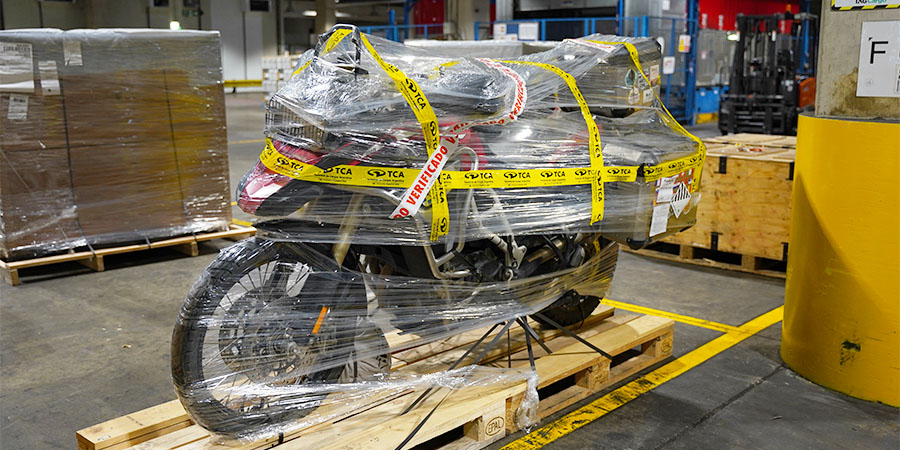
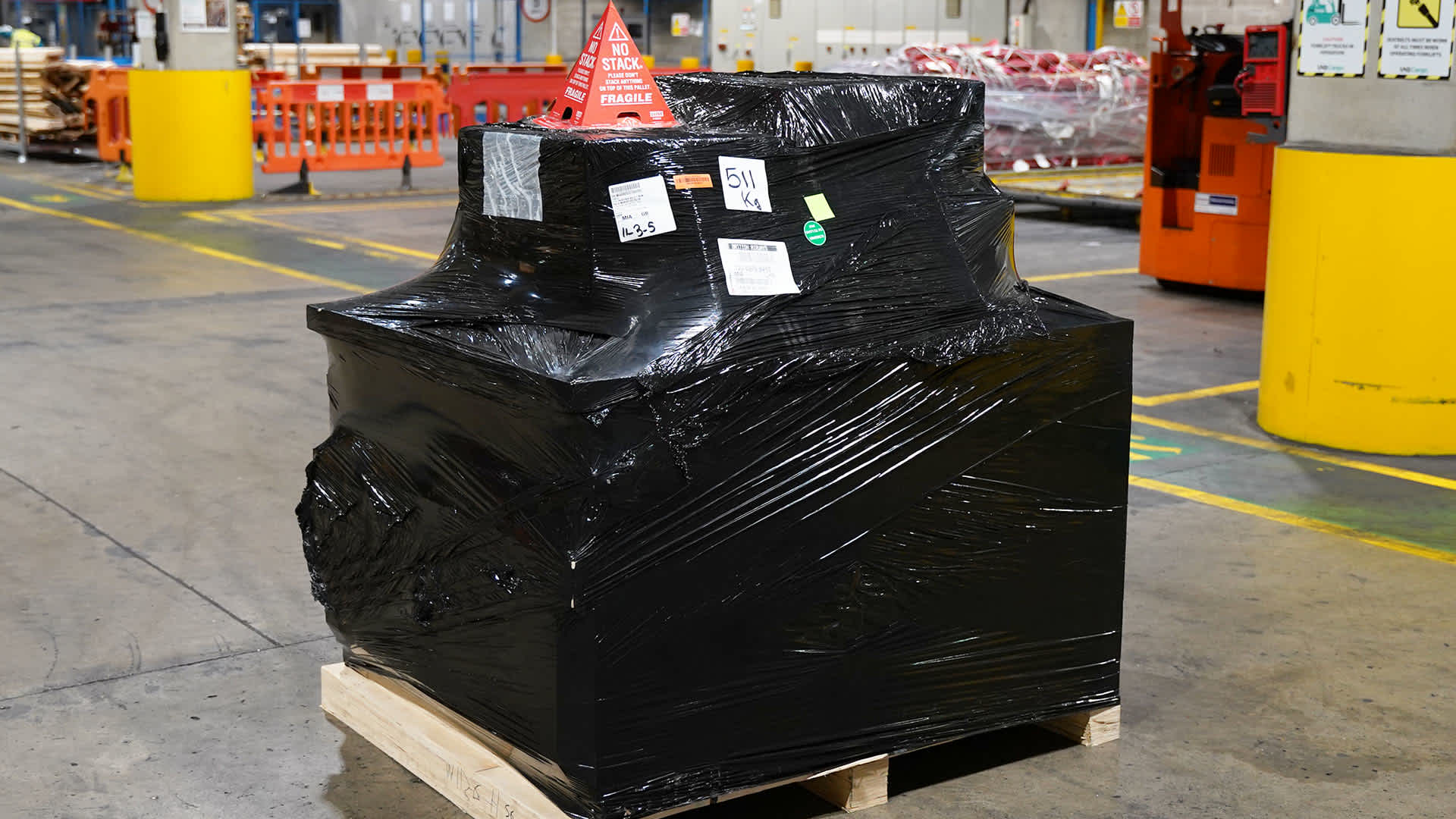

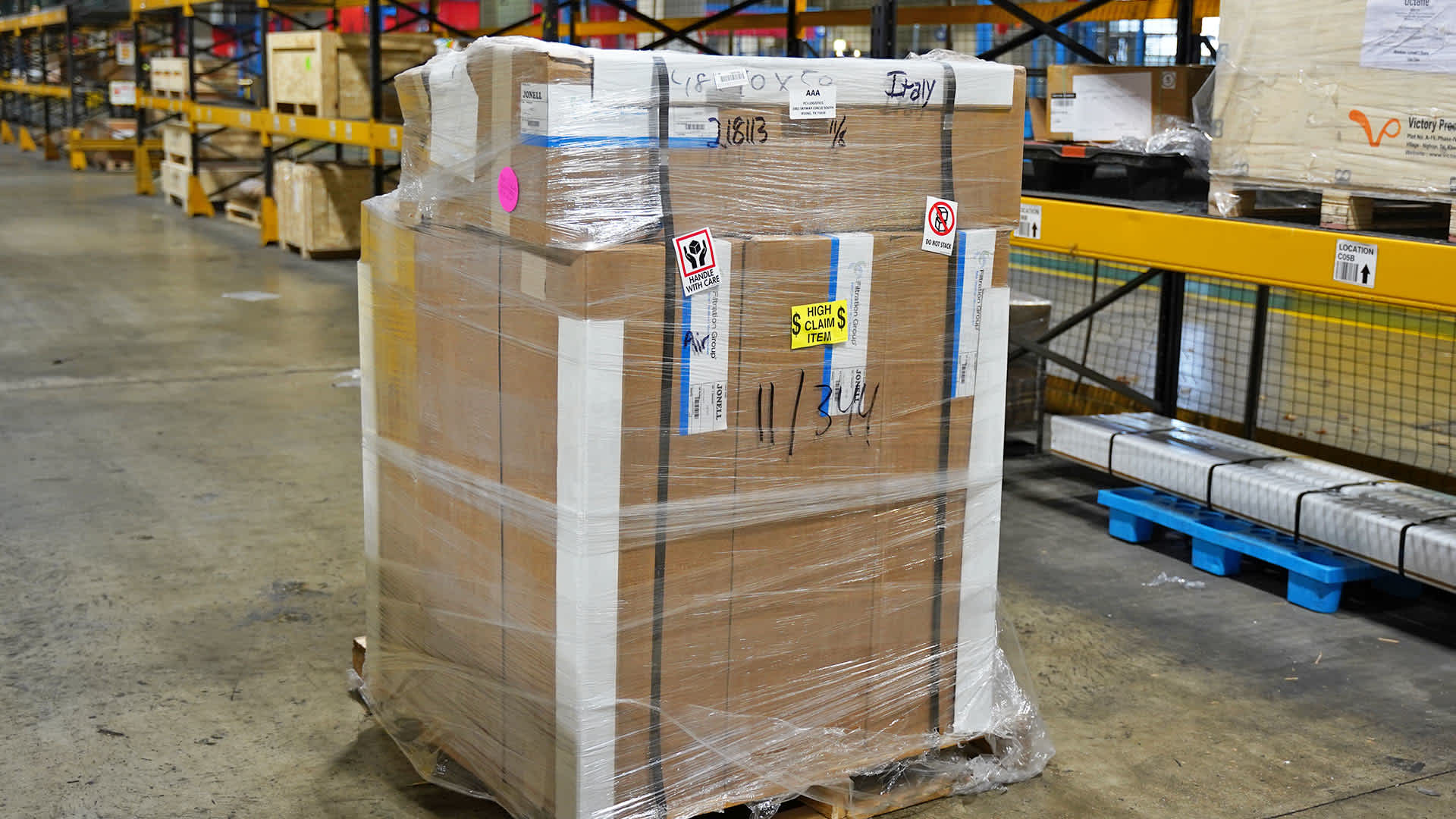
The relevance of your correct declaration
Declaring non-stackable freight is just as important as declaring your shipments weight, dimensions, or special handling codes.
Correct declaration helps us maintain the safety of your cargo.
Accurate information allows our operation team to plan and build freight as intended, ensuring timely delivery for our customers.
Declaring your shipment correctly ensures you are quoted the best possible price without risk of penalty charges.
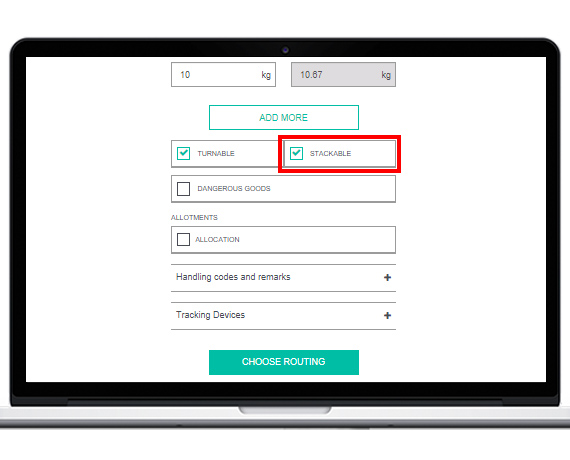
If your cargo is non-stackable, you must declare it at the time of booking, either through one of our reservation centres or by unticking the “STACKABLE” checkbox when booking online.
Packaging matters
Packaging your freight correctly helps us to protect your cargo.
To ensure your cargo is protected during transit and avoid delays to its delivery, make sure the correct packaging is used.
In certain cases, incorrect packaging may be rejected at acceptance point.
To be declared as stackable, cargo must be sufficiently crated so that other cargo can be stacked on top without damage.
As best practice, if your cargo is non-stackable, you should signal it with labels and cones as shown below.
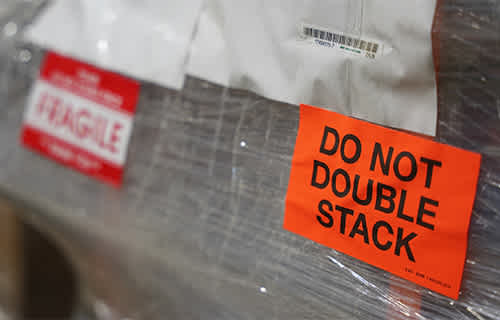
Labelling
Any cargo with any form of label, such as above, should be declared as non-stackable at the time of booking.
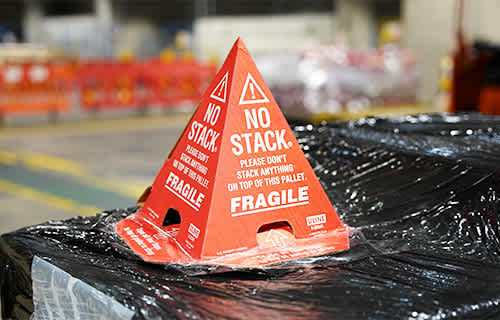
Cones
Any cargo with a cone stuck to the top of the consignment, such as above, should be declared as non-stackable at the time of booking.
